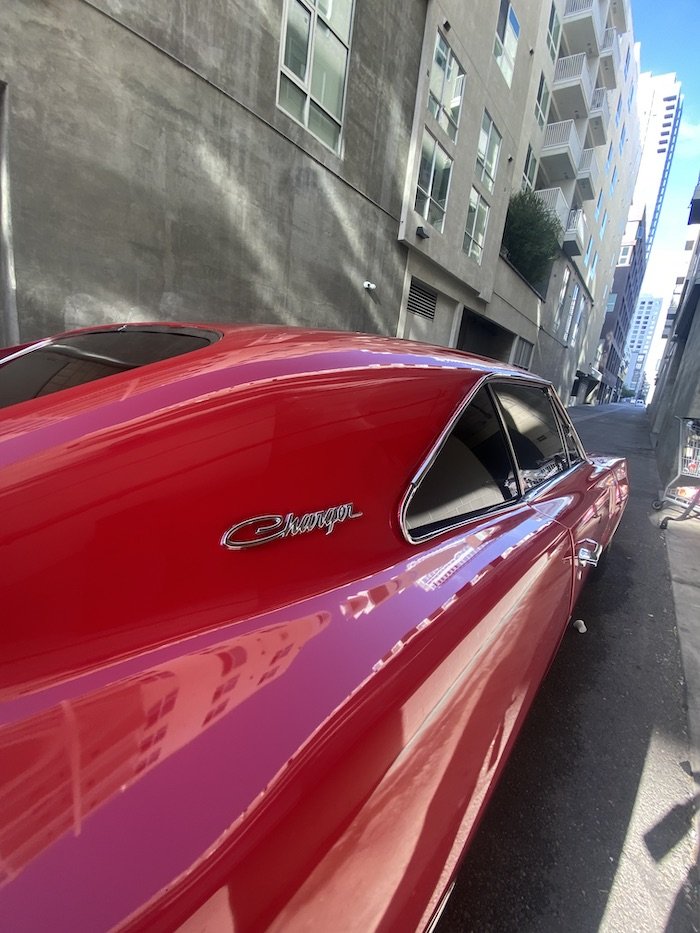How To Safely Wash And Wax Your Vehicle In [2023]
How To Safely Wash and Wax Your Vehicle In [2023]
Maintaining a clean and well-protected vehicle not only enhances its appearance but also helps preserve its value. Regular washing and waxing play a crucial role in keeping your vehicle looking its best while protecting its paintwork from environmental contaminants. In this blog, we will provide you with a step-by-step guide to safely wash and wax your vehicle, ensuring a professional-grade finish that will make heads turn. If you want to see the amazing results we produce, check out our Wash and Wax Page!
Step 1: Gather the Necessary Supplies
Before you begin, gather the following supplies:
1. Car wash soap
2. Two buckets (one for soapy water and another for rinsing)
3. Microfiber wash mitts or soft sponges
4. Grit guard (to prevent dirt from contaminating the wash mitt)
5. Hose with a spray nozzle
6. Wheel cleaner and brush
7. Microfiber towels or chamois
8. Car wax or sealant
9. Applicator pads or microfiber cloths for waxing
Step 2: Prepare the Wash Area
Choose a shaded area to avoid direct sunlight, as it can cause the soap to dry quickly and leave residues on the paintwork. Make sure the vehicle is cool to the touch to prevent premature drying of the products.
Step 3: Rinse the Vehicle
Using a hose with a spray nozzle, thoroughly rinse the vehicle to remove loose dirt and debris. Start from the top and work your way down, paying extra attention to the wheel wells and undercarriage.
Step 4: Clean the Wheels and Tires
Apply a wheel cleaner to each wheel and use a dedicated brush to scrub away dirt and brake dust. Rinse thoroughly. Avoid using the same wash mitt or sponge for the body of the vehicle to prevent cross-contamination.
Step 5: Wash the Vehicle
Fill one of the buckets with water and add the recommended amount of car wash soap. Dip your wash mitt or sponge into the soapy water, making sure to wring it out to avoid excessive suds. Starting from the top, gently wash the vehicle using a straight-line motion, avoiding circular patterns that may induce scratches. Rinse your mitt in the second bucket, which should contain plain water and a grit guard, to remove dirt and debris. Continue washing section by section until the entire vehicle is clean.
Step 6: Rinse and Dry
Rinse the vehicle thoroughly, starting from the top, until all soap residue is removed. To avoid water spots, dry the vehicle using a clean microfiber towel or a chamois. Pat dry rather than rubbing, as this can cause micro-scratches.
Step 7: Apply Wax or Sealant
Once the vehicle is clean and dry, it's time to protect its paintwork. Apply a high-quality car wax or sealant using an applicator pad or a clean microfiber cloth. Follow the instructions on the product for application techniques and drying times. Work on one panel at a time, ensuring even coverage. Allow the wax or sealant to cure as directed before moving on to the next step.
Step 8: Buff and Shine
Using a separate clean and soft microfiber cloth, buff the dried wax or sealant in circular motions. This step helps to enhance the shine and remove any remaining residue.
Conclusion:
Regularly washing and waxing your vehicle not only keeps it looking great but also safeguards the paintwork against harmful elements. By following these steps and using the right tools and products, you can achieve a professional-grade finish while ensuring the safety of your vehicle's exterior. Remember to exercise caution, use gentle techniques, and enjoy the process of caring for your prized possession. Click here to see more information on the steps we take to wash and wax a vehicle the proper way.


